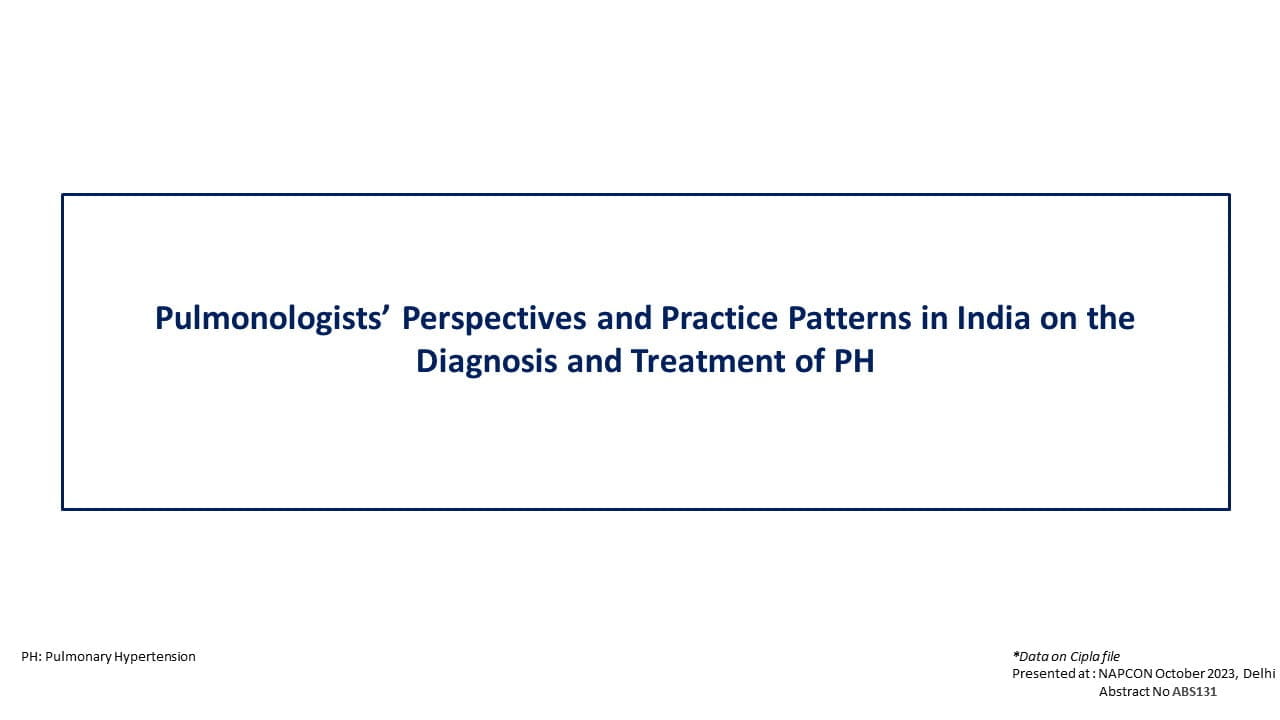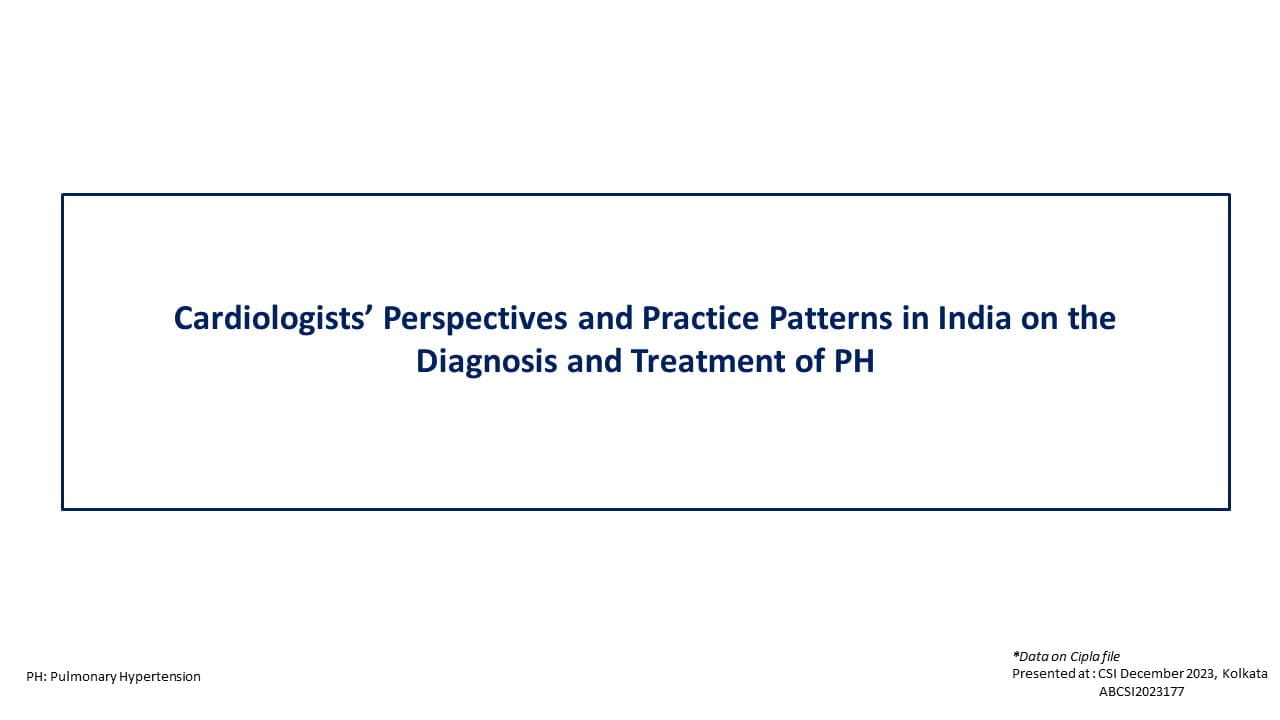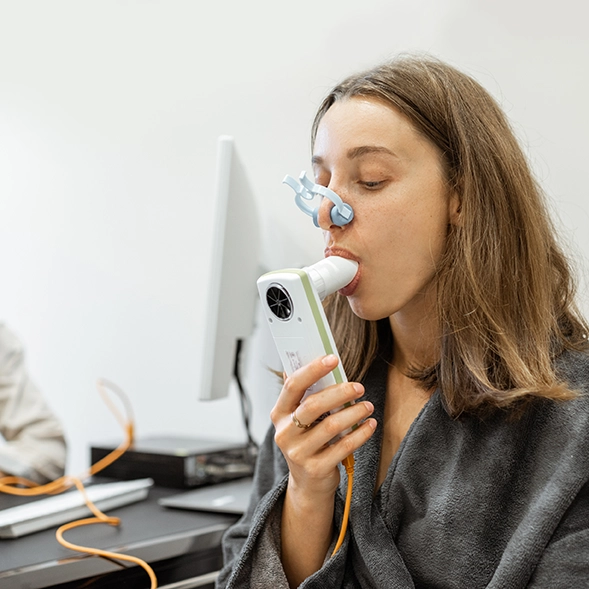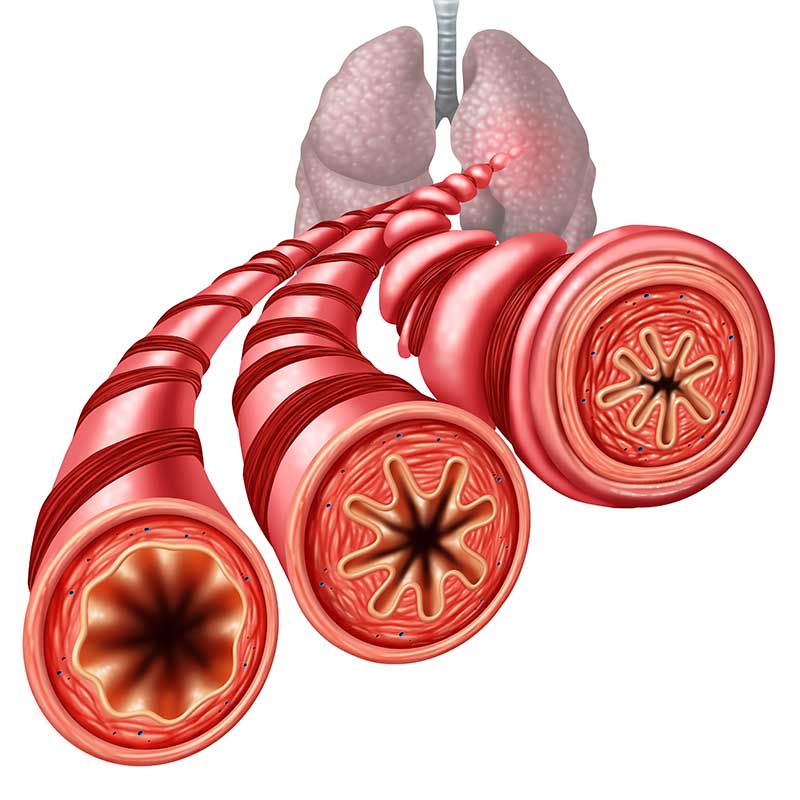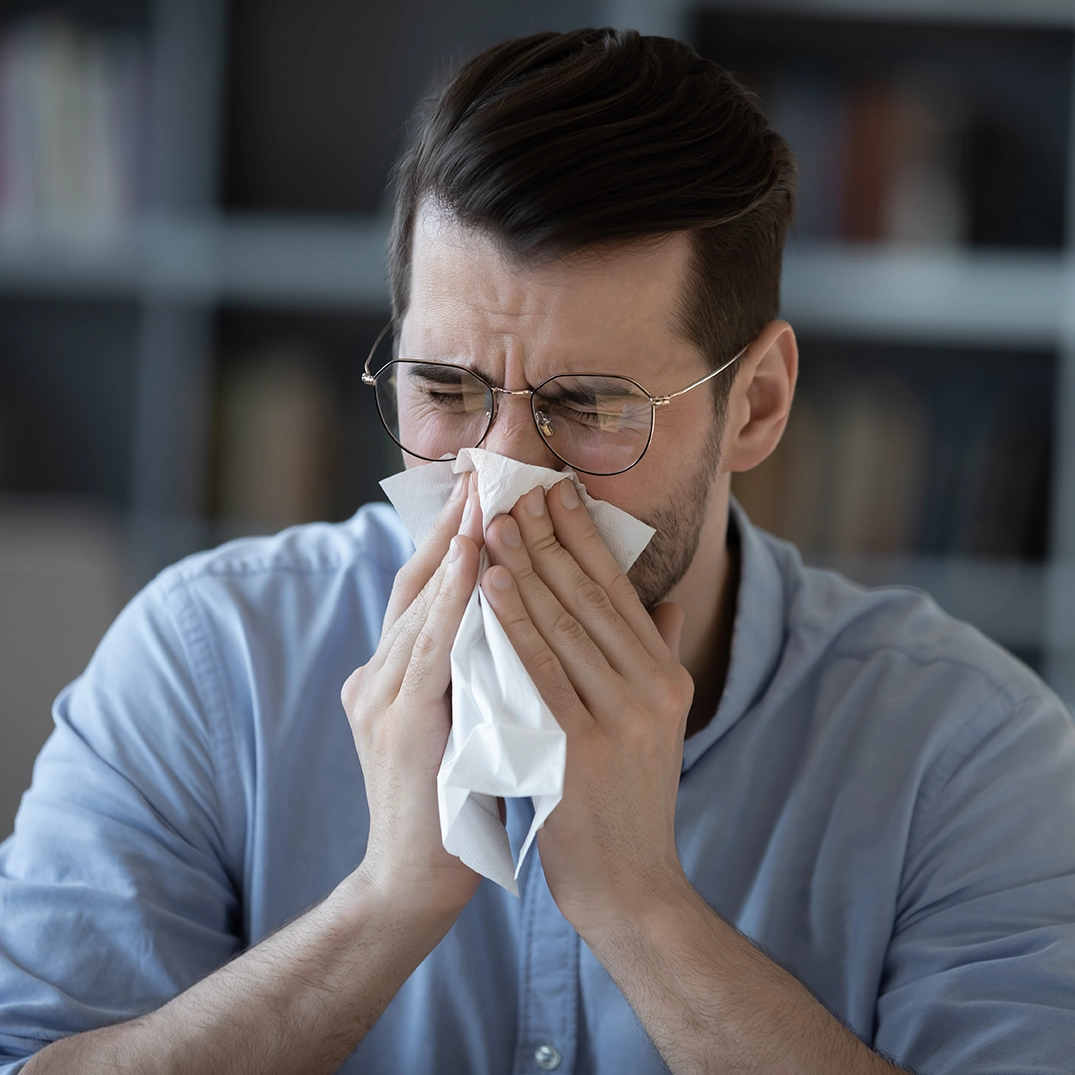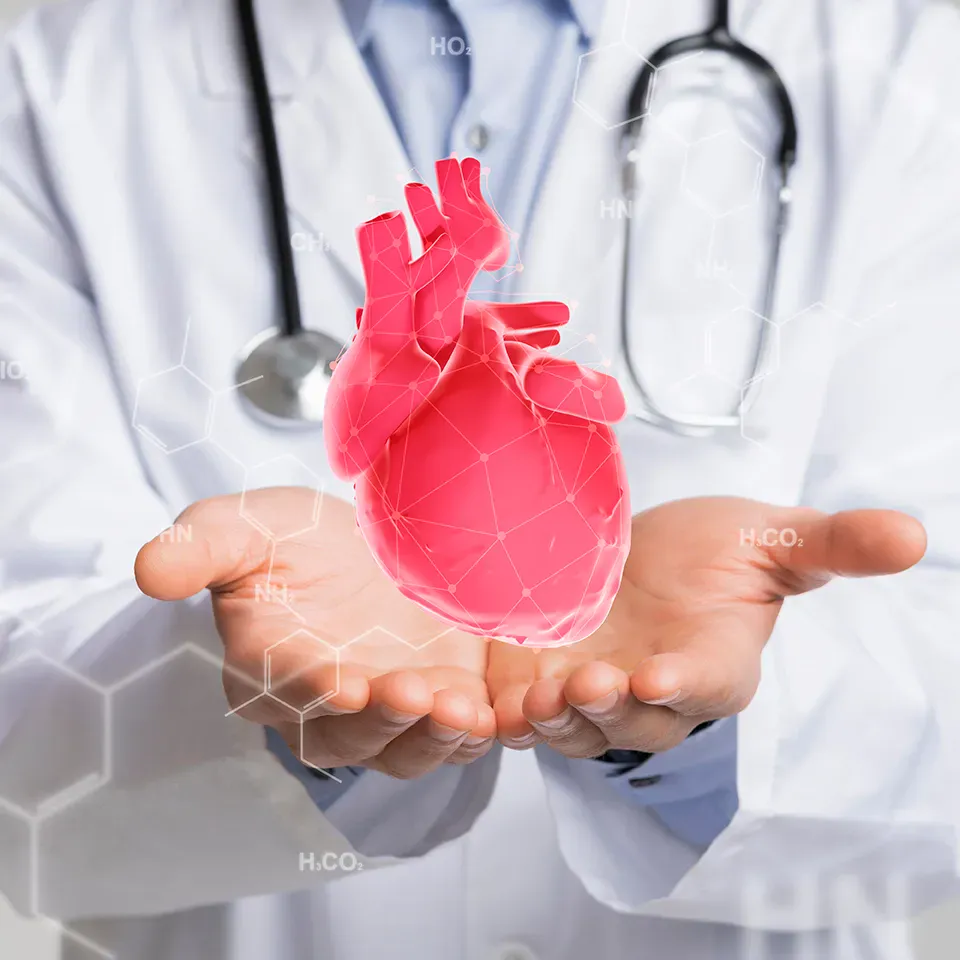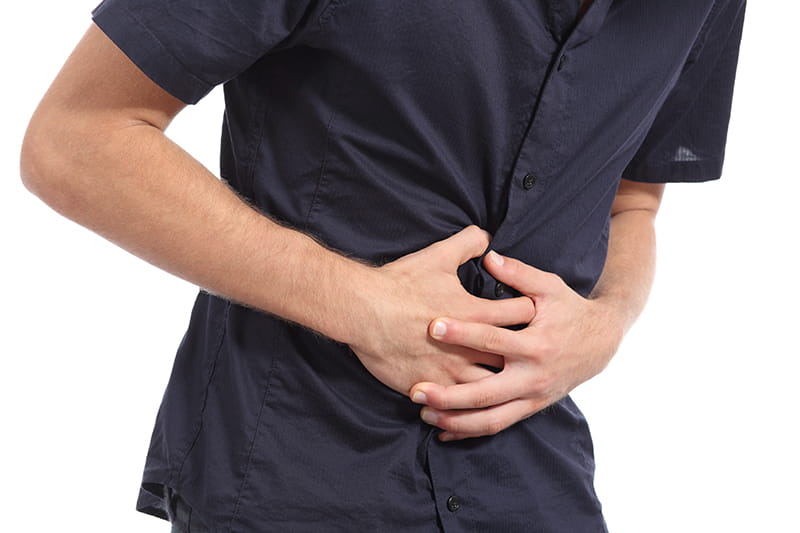Pediatric Allergic Rhinoconjunctivitis or Urticaria: Pharmacokinetics and Safety of Bilastine
Introduction
Several studies have established the efficacy and tolerability of bilastine 20 mg for the treatment of allergic rhinoconjunctivitis (ARC) and urticaria in adults and adolescents aged >12 years. Bilastine 10 mg daily dose was approved and evaluated in pediatric population. Once daily bilastine 10 mg for 12 weeks was found to be safe in children aged 2-11 years in a phase 3 clinical trial. However, the pharmacokinetics of bilastine 10 mg/day has not been thoroughly analyzed in children aged 2-5 years with ARC and/or urticaria as the number of children aged <6 years was very low in previous pharmacokinetic studies.
Aim
To assess the pharmacokinetics and safety of bilastine 10 mg/day in children aged 2-5 years for the treatment of ARC and/or urticaria
Patient Profile
- Children aged 2-5 years with >10 kg body weight with mild-to-moderate seasonal ARC (SARC) and/or perennial ARC (PARC) before or during the 1stvisit
- Symptomatic ARC and/or urticaria at screening
- Atleast 1 positive skin prick test result and/or positive validated IgE test result with atleast 1 seasonal or perennial allergen in their lifetime
Method
Study Design
- Multicenter, open-label, noncontrolled, phase 3 clinical study
Treatment
- The trial consisted of 5 visits
- Visit 1 – screening period for upto 7 days
- Visit 2 – 1-day baseline period
- Visit 3 – treatment period of 7 days
- Visit 4 – treatment period of 14 days
- Visit 5 – follow-up period of 7 days
- The children were treated once daily with bilastine 10 mg dispersible tablets
- They were assigned to 3 blood sampling groups stratified by age with 2 age subgroups: children aged between >2 to <4 years and 4 to <5 years
- Group 1 underwent blood sampling at 0.5, 2 and 4 hours after intake of bilastine at visit 3
- Group 2 underwent sampling at 24 hours after intake of bilastine on the day before visit 3 and at 0.25 hours and 1 hr after intake at visit 3
- Group 3 were sampled at 6 hours and 12 hours after intake of bilastine at visit 3
- Adverse events, vital signs, and physical examination was recorded
- Pharmacokinetic data were combined with information from an earlier pediatric study, and pharmacokinetic modelling was conducted to evaluate consistency
Endpoints
- Treatment-emergent adverse events (TEAEs)
Results
- The final analysis included 36 children; mean age was 3.7 years and 70.3% were boys
- PARC was prevalent in 45.9%, SARC in 2.7% and a combination of both in 32.4%
- About 81.1% had ARC, with 8.1% presenting with urticaria and 10.8% with combined ARC and urticaria
- The highest plasma concentrations of bilastine of 634.91 ng/mL were attained 1 hour after the intake of 10 mg dose of bilastine
- One TEAE each was experienced by 21.6%; and only 1 of those (fatigue) was probably treatment-related
- No serious TEAEs or death was reported
- No safety concerns were observed after physical examinations and measurement of vital signs
- Analysis revealed that age and body weight did not significantly affect clearance or volume of distribution
Conclusion
- The pharmacokinetics of bilastine were found to be linear and aligned with findings from a prior trial, indicating that a 10-mg dose is appropriate for children aged 2 to under 12 years without the need for dose adjustments
- Additionally, once-daily dose of 10 mg bilastine demonstrated a favorable safety profile in children aged 2-5 years
J Investig Allergol Clin Immunol. 2024 May 10:0. Doi: 10.18176/jiaci.1003.



